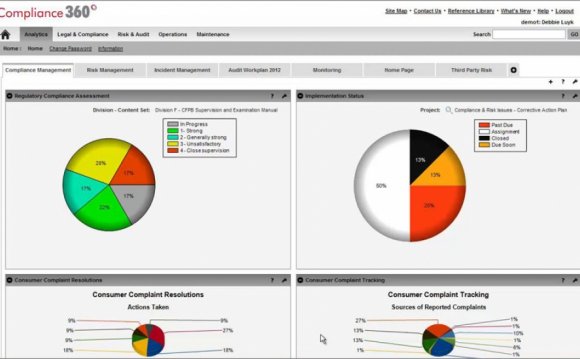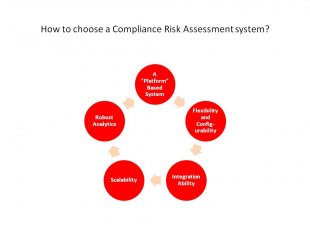

Compliance Risk Assessment: Are Tier 1 Banks doing the work Right?
In the current stringent regulating atmosphere with new standards and mandates visiting effect in a never-before seen pace, the mandate to maintain regulating changes and be sure ongoing compliance using these changes is really a priority. In addition, banks are facing growing compliance complexity in the development of rules and random method of compliance management. Because of the character and amounts of risks natural for their business activities, tier 1 banking institutions must have a compliance risk management framework that allows these to identify, monitor, and effectively control the compliance risks facing all of their organization. Consequently, compliance risk management has become key business concern around the world.
 Compliance risk, that is frequently overlooked because it blends into operational risk and transaction processing, may be the risk to earnings or capital developing from violations of, or non-conformance with, laws and regulations, rules and rules, code of conduct, customer relationship rules or ethical standards. It includes all laws and regulations, in addition to prudent ethical standards and contractual obligations. Compliance risk also arises in situations in which the laws and regulations or rules regulating certain bank items or activities from the bank's clients might be ambiguous or untested. Compliance risk, also known to as integrity risk sometimes, exposes the business to legal penalties, payment of damages, limitation of economic possibilities, reduced status, reduced franchise value, lessened expansion potential and also the negating of contracts.
Compliance risk, that is frequently overlooked because it blends into operational risk and transaction processing, may be the risk to earnings or capital developing from violations of, or non-conformance with, laws and regulations, rules and rules, code of conduct, customer relationship rules or ethical standards. It includes all laws and regulations, in addition to prudent ethical standards and contractual obligations. Compliance risk also arises in situations in which the laws and regulations or rules regulating certain bank items or activities from the bank's clients might be ambiguous or untested. Compliance risk, also known to as integrity risk sometimes, exposes the business to legal penalties, payment of damages, limitation of economic possibilities, reduced status, reduced franchise value, lessened expansion potential and also the negating of contracts.
RELATED VIDEO












